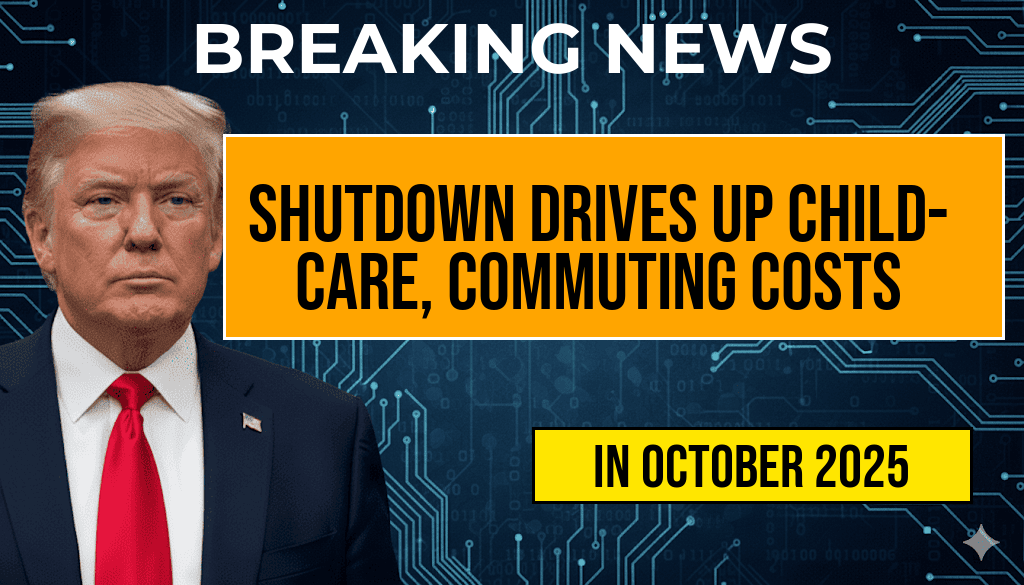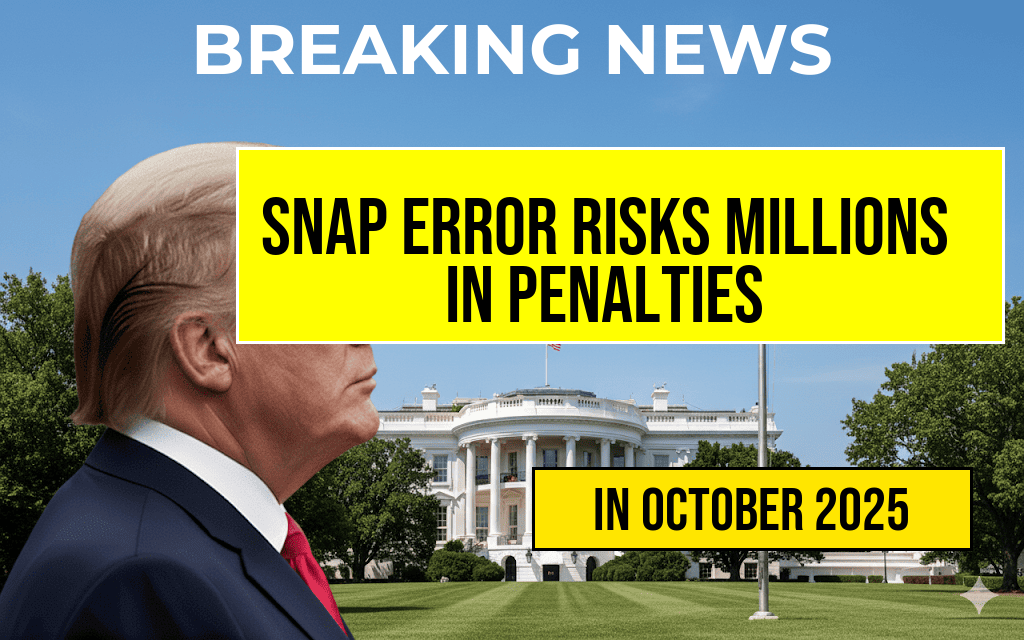Recent reports indicate that several states are facing significant penalties due to high error rates in the Supplemental Nutrition Assistance Program (SNAP). These penalties could amount to millions of dollars, raising concerns about the potential impact on food assistance benefits for low-income families. As the federal government enforces strict compliance measures, states must address these errors to avoid financial repercussions that could ultimately affect recipients. The question looms: will these penalties lead to reduced benefits for those relying on SNAP during challenging economic times?
Understanding SNAP Error Rates
The SNAP program, designed to assist low-income individuals and families with food purchasing, is crucial for millions of Americans. However, states are required to maintain error rates below certain thresholds to avoid penalties. The U.S. Department of Agriculture (USDA) oversees these regulations and conducts periodic reviews to ensure compliance.
What Constitutes an Error?
Errors in SNAP can arise from various factors, including:
- Incorrect income reporting: Recipients may underreport or overreport their income, leading to miscalculations in benefit amounts.
- Improper eligibility determinations: Mistakes in assessing whether applicants meet income and resource limits can result in ineligible recipients receiving benefits.
- Administrative errors: Mismanagement or mistakes during the application process can also contribute to high error rates.
The Financial Implications for States
States with high error rates face financial penalties that can significantly impact their budgets. The USDA has set specific thresholds for error rates, and states that exceed these thresholds may incur penalties amounting to millions of dollars. For example, in the last fiscal year, several states reported error rates that exceeded the 6% threshold, which could result in a loss of federal funds.
State Responses to Error-Rate Penalties
With the looming possibility of penalties, states are taking proactive measures to address their error rates. Initiatives include:
- Enhanced training for staff: States are investing in training programs for SNAP caseworkers to ensure better accuracy in application processing.
- Improved technology systems: Upgrading technology to better handle data can reduce errors and streamline the application process.
- Outreach programs: Educating recipients on proper reporting of income and resources is vital to minimize errors.
Impact on SNAP Recipients
The potential for reduced benefits due to state penalties raises concerns among SNAP recipients. Many rely on this assistance to meet their basic nutritional needs, and any reduction could lead to increased food insecurity. According to the USDA, nearly 42 million people participated in SNAP in 2023, underscoring the program’s importance.
Possible Outcomes for Recipients
The implications of high error rates and resulting penalties could unfold in several ways:
- Benefit reductions: If states pass on the costs of penalties to recipients, benefits may be reduced.
- Policy changes: States may alter eligibility criteria or the application process to comply with federal standards, which could impact access to benefits.
- Advocacy and support: Nonprofit organizations may step in to advocate for recipients’ rights and ensure that necessary support systems remain intact.
Looking Ahead
The future of SNAP funding and eligibility standards remains uncertain as states grapple with maintaining compliance. Stakeholders, including state governments, advocacy groups, and recipients, are closely monitoring how these developments will affect the program. As penalties loom, the focus will likely shift towards creating a more efficient and accurate SNAP system that safeguards benefits for those in need.
For more information on SNAP and its impact on American families, visit the Center on Budget and Policy Priorities for detailed analyses and updates.
Frequently Asked Questions
What are the potential consequences of high-error rates in SNAP?
High-error rates in the SNAP program can lead to significant financial penalties for states, potentially costing them millions of dollars. This raises concerns about whether benefits for participants might be reduced as states try to manage these penalties.
How is the SNAP error rate calculated?
The SNAP error rate is calculated based on the accuracy of benefits issued to participants. This includes assessments of both overpayments and underpayments, which are reviewed through audits and data analysis.
Will SNAP benefits be immediately affected by these penalties?
While high-error rates can lead to penalties, it does not mean that SNAP benefits will be reduced immediately. States may implement corrective measures to address issues before any changes to benefits occur.
What steps can states take to reduce their SNAP error rates?
States can reduce their SNAP error rates by improving training for staff, enhancing data accuracy, and implementing better verification processes to ensure that benefits are issued correctly.
Are there any support systems in place for states facing penalties?
Yes, there are support systems, including federal assistance programs and resources, that help states improve their SNAP administration and reduce error rates to avoid penalties.











